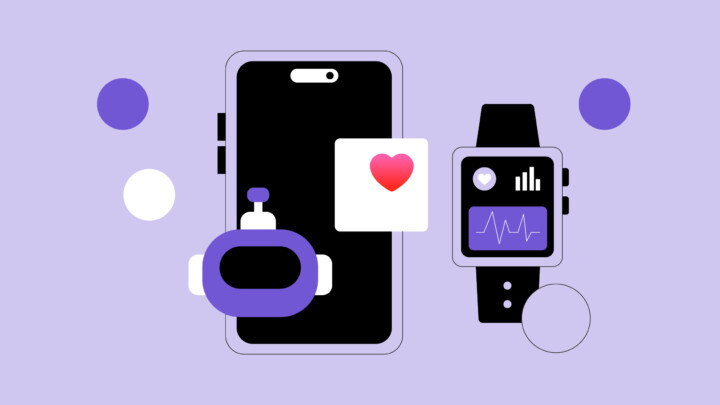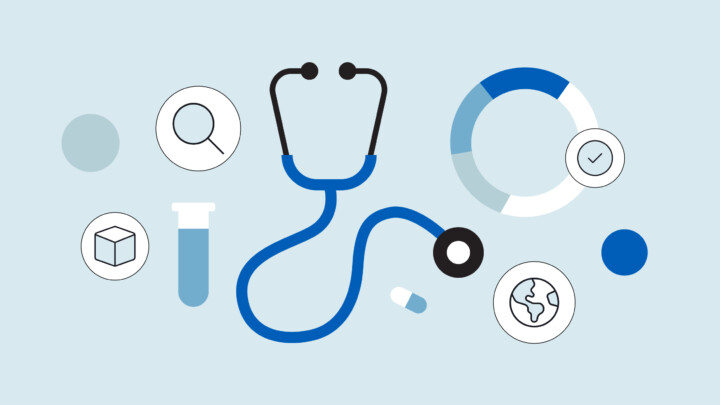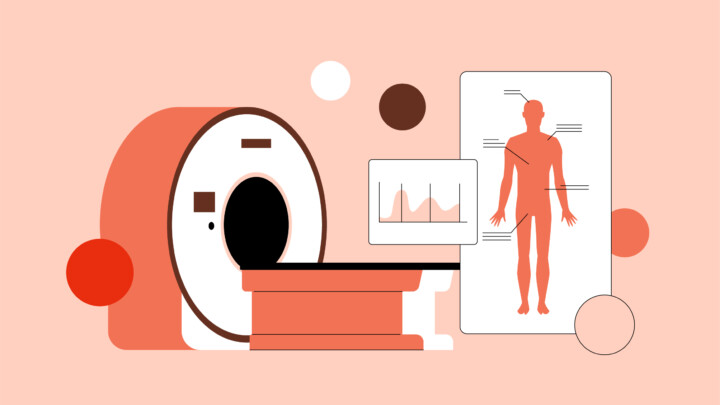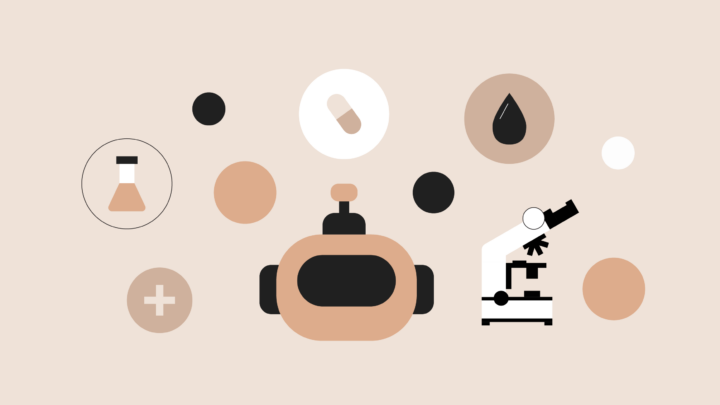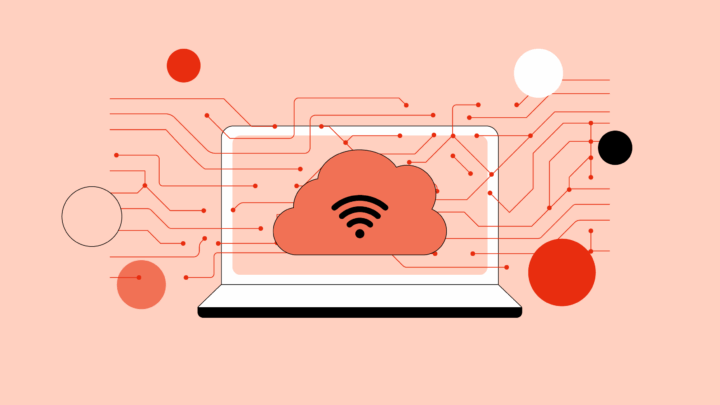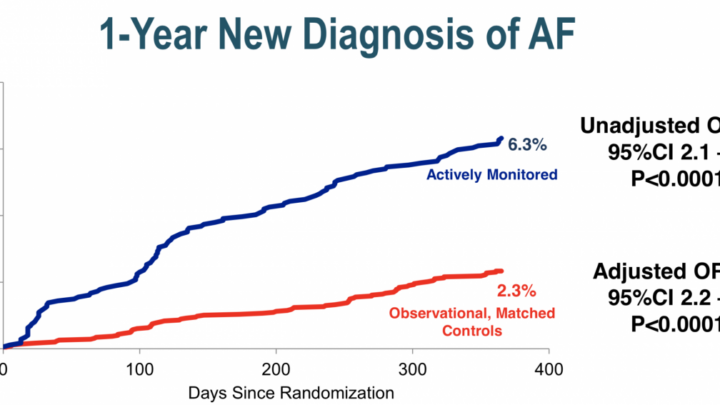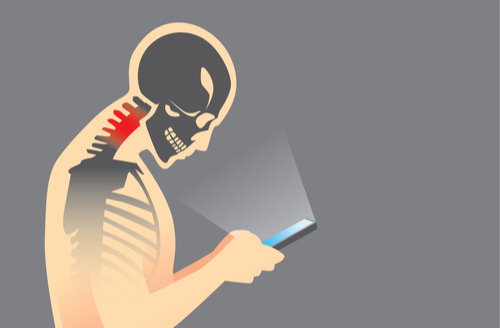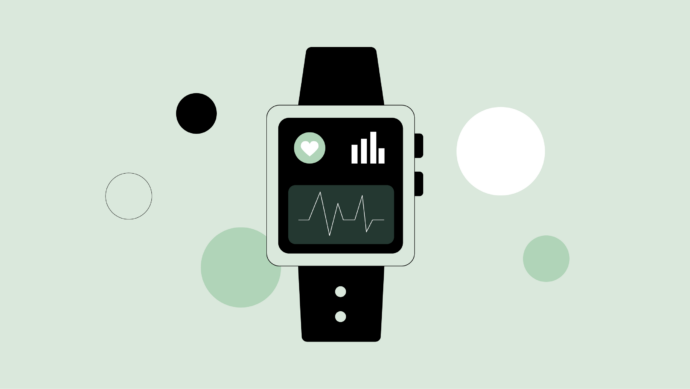
As technology and electronics evolve, getting smaller and more powerful, tech companies are continuously developing devices that are easily worn but can provide a wealth of patient health data. These innovative tools make vast improvements to healthcare outcomes, allowing a more granular look at a patient’s vitals and facilitating more patient engagement in their own health.
These smart health devices provide continuous monitoring, early disease detection, and personalized treatment options, empowering both patients and physicians to take a more proactive approach to health. It should come as no surprise, then, that 85% of Sermo community members are already implementing emerging medical technologies into their practice.
What is a wearable medical device?
Any minimally invasive device that is worn on the body to collect, analyze, and transmit health data is a wearable medical device. The most common examples are consumer-grade fitness trackers that monitor heart rates and other exercise-related data. Medical-grade systems approved for clinical use can also track more specific health vitals, such as glucose, blood pressure, and other condition-specific markers.
What makes this emerging healthcare trend a revolution in the healthcare industry is that unlike traditional snapshots taken during office visits, wearables provide continuous data, offering a more complete picture of patient health. With wireless data transmission, collecting and storing this data is remarkably easy. Physicians are excited about this advancement in medical technology, with a general practitioner on Sermo eloquently stating how these devices help physicians treat patients: “As a health professional, I cannot deny that I am excited by the possibilities offered by emerging medical technologies. These tools allow us to diagnose diseases more accurately, develop more personalized treatments, and improve communication with patients, which is essential today. I think that this represents a great support for the improvement of our profession.”
Wearable devices for physicians in 2025
Let’s turn our attention to some specific examples of wearable technology in healthcare that are already making an impact:
Oura Ring
This is a ring that measures sleep patterns, activity levels, heart rate, body temperature, and respiratory rate. One of the most common wearable health trackers, the analytics provided by the ring give insights into sleep quality, readiness for physical activity, and the potential onset of illness.
Empatica Embrace
This FDA-approved smartwatch was designed primarily for epilepsy patients to detect potential seizures and send alerts to caregivers. The sensors in the watch continuously monitor electrodermal activity, movement, and other physiological data that help to identify seizure patterns and provide early warning.
Continuous Glucose Monitors (CGMs)
Several models of CBM are available, such as the Dexcom G7 and the Abbott FreeStyle Libre 3. They provide real-time glucose monitoring without the need for fingersticks. The data they gather is sent to smartphones for easy access, and alerts are sent when glucose levels become dangerous.
WHOOP strap
The WHOOP strap is worn on the wrist, like a watch or a bracelet. The device tracks heart rate variability, sleep quality, and strain levels. For physicians, the data offers insights into sleep patterns, stress levels, and overall health trends to aid in preventive care and chronic disease management.
BioBeat wearables
Hypertension can be hard to catch. The single reading at a physician’s office has the potential to be overinflated due to whitecoat syndrome, where a patient’s blood pressure rises temporarily in medical settings whlist other patients may be unusually calm in those same settings, resulting in masked hypertension. BioBeat’s wearable patch is placed on the patient’s chest and provides accurate, 24/7 blood pressure monitoring.
ResMed sleep devices
For patients with sleep apnea issues, ResMed’s wearable sleep monitoring masks track apneic events, mask usage, and other helpful sleep-related metrics. The detailed, granular insights give physicians a powerful tool for treating sleep disorders more accurately.
Sweat-monitoring wearables
Sweat composition can contain biomarkers for conditions ranging from cystic fibrosis to stress levels. This class of non-invasive monitoring tools analyzes the wearer’s sweat, looking for these biomarkers and providing useful insights.
Smart hearing aids
Perhaps the oldest wearable medical device, hearing aids are also advancing with technology. Modern examples can connect to smartphones and extend their functionality to detect physical activity or falls. Some can even translate languages in real time.
Smart patches
Adhesive patches can use attached sensors for monitoring vital signs or detecting medical adherence. Some are also used for strategic delivery of medication. These devices are particularly valuable for monitoring a patient after surgery or for chronic disease management.
VitalPatch by VitalConnect
This medical patch is FDA-approved and provides continuous monitoring of ECG, heart rate, respiratory rate, and body temperature. Data is sent instantly to a secure cloud platform, giving healthcare providers up-to-the-second data on patient health.
Why physicians should start recommending wearable medical devices
Physicians are always looking for ways to improve patient outcomes. Wearable medical devices provide several ways to help with that:
Enhance real-time health monitoring
Traditionally, doctors have only had access to a patient’s vital when they’re in the office. Remote patient monitoring via wearable devices is an effortless way for doctors, and patients, to track these vitals at home. Their ease of use reduces friction to adoption and gives medical professionals a continuous data stream to gain insight from.
On a Sermo discussion regarding remote monitoring for patients with heart conditions, one physician noted, “Remote monitoring in medical practice plays a crucial role in the management of cardiac conditions. It allows continuous monitoring of cardiac activity from a distance, facilitating early detection of arrhythmias, heart failure and other abnormal events”.
Increase access to healthcare data
Many wearable health monitoring devices collect health data 24/7 and provide an objective look at a patient’s health. A family medicine physician on Sermo shared, “These devices empower patients to take control of their health and allow for continuous monitoring, leading to early interventions and better management of chronic diseases.” By sharing this data with their doctors electronically, both patients and their medical team benefit from the insights it provides.
Detect potential health issues early
Having a continuous stream of data from patients makes it easy to establish baseline values, increasing the chances of catching issues earlier. They can also aid in early detection by detecting subtle changes in physiological parameters before symptoms become clear. Research shows that the technology is beneficial in early detection of disease.
Support for chronic disease management
Patients with chronic conditions like diabetes, hypertension, or heart disease, need to check their vitals regularly. Wearable devices remove much of the friction of doing so, which aids with treatment adherence and makes getting the data to physicians easier.
Personalize healthcare plans
Wearable devices provide a wealth of data that allows physicians to create tailored treatment plans based on each patient’s specific needs and responses. Treatment efficacy can be monitored closely, and modifications can be made more quickly than ever before. 93% of Sermo community members believe personalized medicine will improve healthcare, and 85% agree that the integration of digital health technologies is crucial in doing so.
Reduce healthcare costs
Wearable health devices have shown potential for reducing healthcare costs in a few ways:
- Reducing in-person visits through remote patient monitoring.
- Early detection of health issues, allowing them to be treated before costly emergency interventions are needed.
- Patients with chronic disease can get more optimized medication usage and prevent expensive complications.
Trends in wearable devices shaping the future of medicine
As wearable devices for healthcare continue to advance, the future of these technologies is filled with exciting possibilities:
Predictive wearables
In a Sermo community poll, 58% of physicians said that AI will have the biggest impact on patient care. Wearable devices are increasingly using that technology to provide better analysis of collected data. Future devices will be better at identifying patterns that precede health events and giving advanced warnings for better preventative healthcare. Artificial intelligence has already proven useful in the medical field, and as devices are capable of providing more data, that utility will increase.
Smart clothing
Although the friction is minimal, wearables still require putting on a device that the patient otherwise wouldn’t. Newer sensors can integrate right into textiles, making compliance as easy as getting dressed in the morning. From compression garments that monitor lymphedema to socks that detect diabetic foot ulcers, these devices could further reduce friction for at-home monitoring.
Smart implants
For patients that require full-time monitoring, smart implants will increasingly become an alternative to traditional wearables. These devices are capable of providing direct physiological measurements with greater accuracy than external devices.
In a Sermo community discussion on the development of Neuralink, a physician noted, “Neuralink’s FDA approval for human testing represents a significant step forward in the development of groundbreaking neurotechnology. While challenges and ethical considerations persist, the potential benefits of this innovation could reshape the field of neurology and enhance the lives of individuals with neurological conditions.”
Smart contact lenses
Among the newest entrants to the wearable medical device market are smart contact lenses. These contact lenses are potentially useful for glaucoma detection and monitoring. One Sermo physician noted, “It amazes me how revolutionary medical technology can be and for these types of lenses, it can benefit many patients, especially the elderly. For glaucoma, this is groundbreaking.”
The future of wearable health technology
As we look forward to the future, wearable health technology is set to become a ubiquitous feature of modern medical practices. Despite this, a recent Sermo community poll revealed that only 11% of surveyed physicians are using these devices in their practice.
For physicians, staying informed of these advancements will allow them to provide better care to their patients. The continuous data streams that these tools provide complement clinical expertise and enable a more personalized, proactive, and informed approach to healthcare.
At Sermo, we believe that collaboration is key to navigating this exciting new frontier of medicine. Our physician-only community is a space where global doctors can share their experiences, discuss innovations, and learn from one another. Join the conversation on the future of smart health devices and share your views with your peers.
